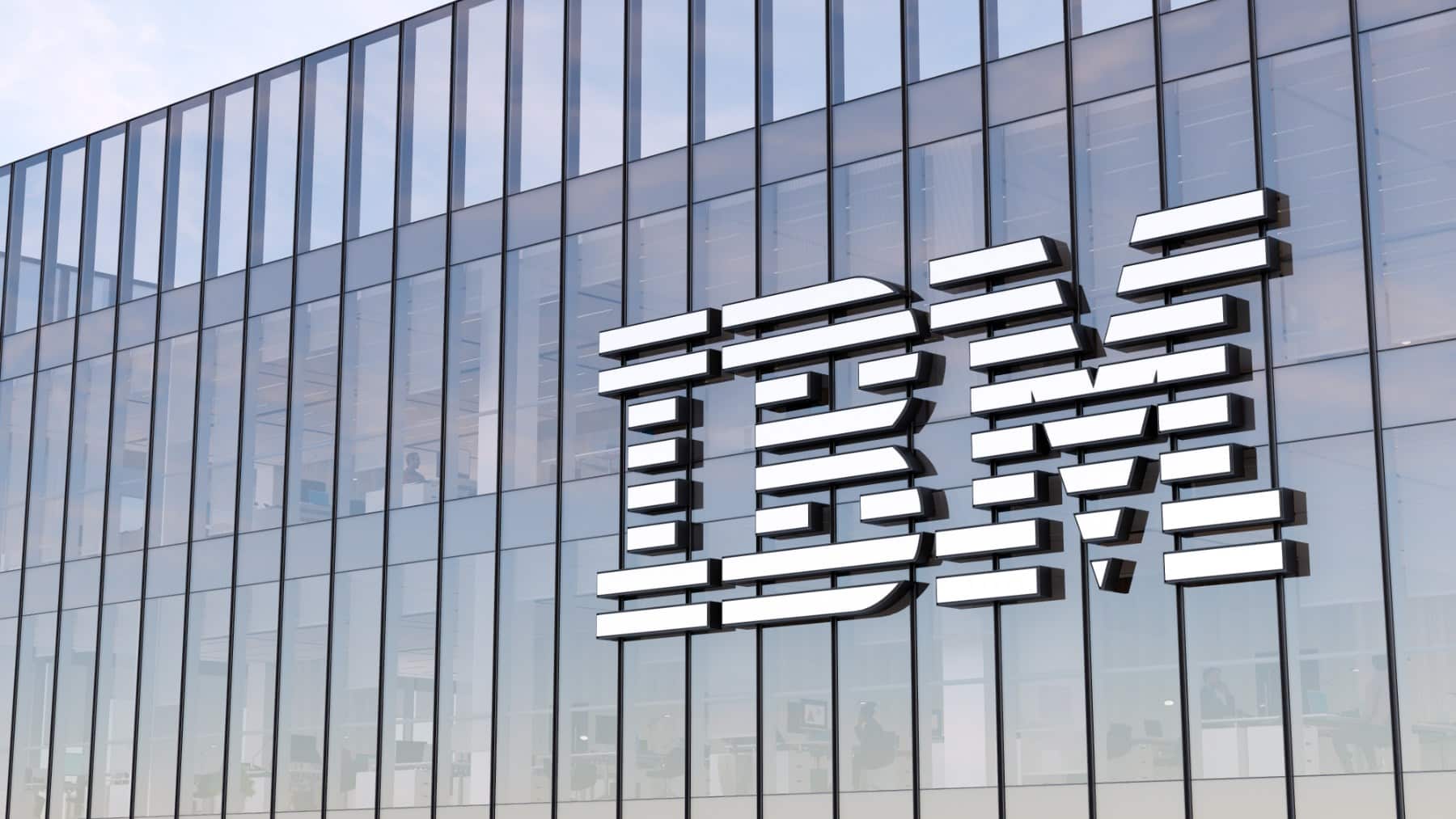As much as experts talk about how artificial intelligence is not going to destroy jobs in the technology sector, the wave of layoffs in this economic area seems never-ending. The giant IBM has once again reduced its workforce—or at least planned to do so—by the end of the last quarter of 2025. The company announced a “low single-digit percentage” reduction in its global workforce. Considering that it has approximately 270,000 employees (imagine having to learn all their names, jeez), this means at least 2,700 job losses.
How can a company with such seemingly solid finances decide to make these massive cuts? Although IBM has reported significant growth in recent years (with a 10% jump in software revenue in October 2025), the company has decided to undergo a major restructuring to accommodate artificial intelligence within its business. IBM intends to replace low-value roles with high-value roles, thereby defining its business model. If one thing is clear, it is that the workforce must become highly specialized so that their skills remain competitive in a labor market that seems to be constantly changing.
From hardware to Clouds Services
IBM has changed a lot since the last century. The “blue giant” is no longer a hardware and personal computer company as it was in the 1980s. It is now a leader focused on business services, and since its acquisition of Red Hat, it has focused on hybrid cloud and artificial intelligence solutions through its Watsonx platform.
The CEO behind this change, Arvind Krishna, has decided to shift much of the company toward high-margin, high-growth areas. That is why he argues that the layoffs are not a failure, but rather a reorientation of the corporate structure. In mid-2025, there was already a wave of layoffs, with the CEO predicting the automation of no less than 7,800 roles over five years.
The key tool in this process was AskHR, an AI conversational agent. AskHR eliminated the need for hundreds of Human Resources positions by automating repetitive tasks such as vacation requests and payroll processing. This first phase generated productivity gains of about $3.5 billion by automating many processes that had previously been performed by humans. However, IBM’s total workforce ended up increasing: although Human Resources workers were laid off, more people were hired in other departments. In the end, the company made money by hiring people with specific profiles and restructuring the company hierarchy.
AI: both a job destroyer and a Productivity tool
Artificial intelligence is both the cause of job cuts and the solution for future growth. This automation has a direct impact on technical roles and can be a powerful productivity tool. CEO Arvind Krishna estimates that artificial intelligence will write only 20 to 30% of the code, while opponents predict that it will be up to 90%. IBM assures that it will not replace its programmers, but will give them AI as a tool to boost their productivity.
While the jobs eliminated this year were those that performed routine, predictable, and repetitive processes, IBM is hiring for roles that require critical thinking, strategy, and creativity. For now, artificial intelligence can automate processes such as filling out forms, but it cannot think laterally as a human would. This is bad news for people who had thought about a career in HR; we may see a mass shift to programming careers.
The arrival of new technologies always leads to the destruction of old jobs: it happened with ice delivery men when electric refrigerators became common; telephone switchboard operators disappeared when telephone calls were automated; the milkman has become an anecdotal job when everyone has a car to go to the supermarket and buy a gallon of UHT milk. Although it pains us, the world keeps turning; nothing endures but change.
